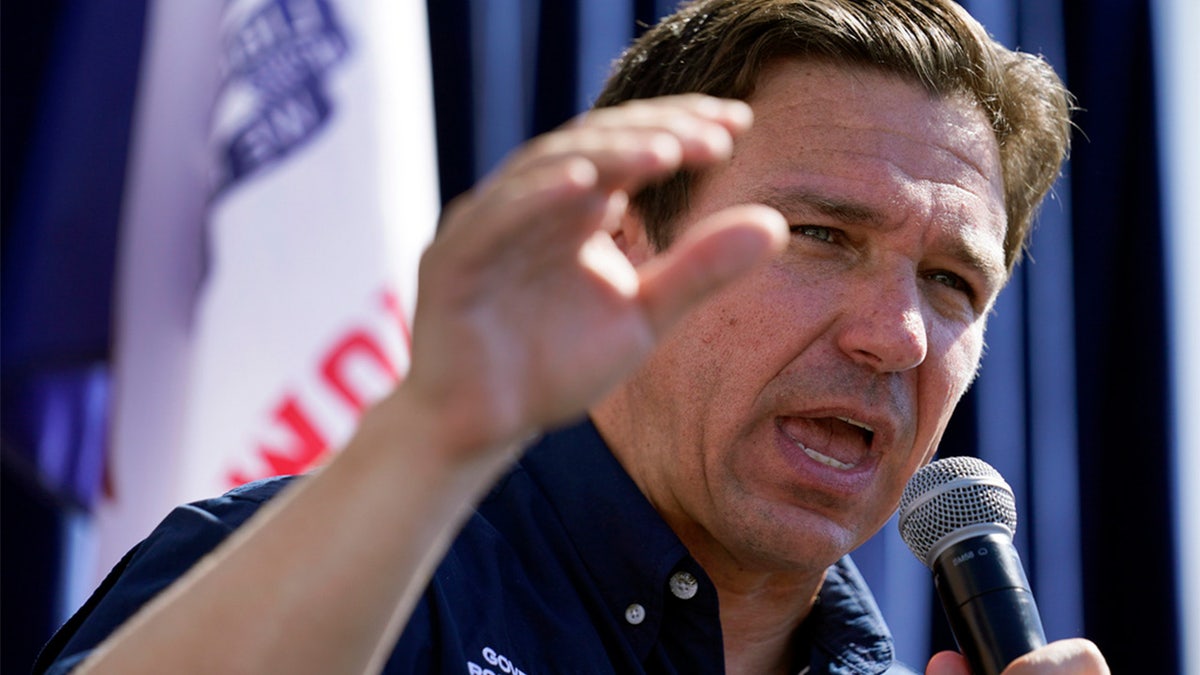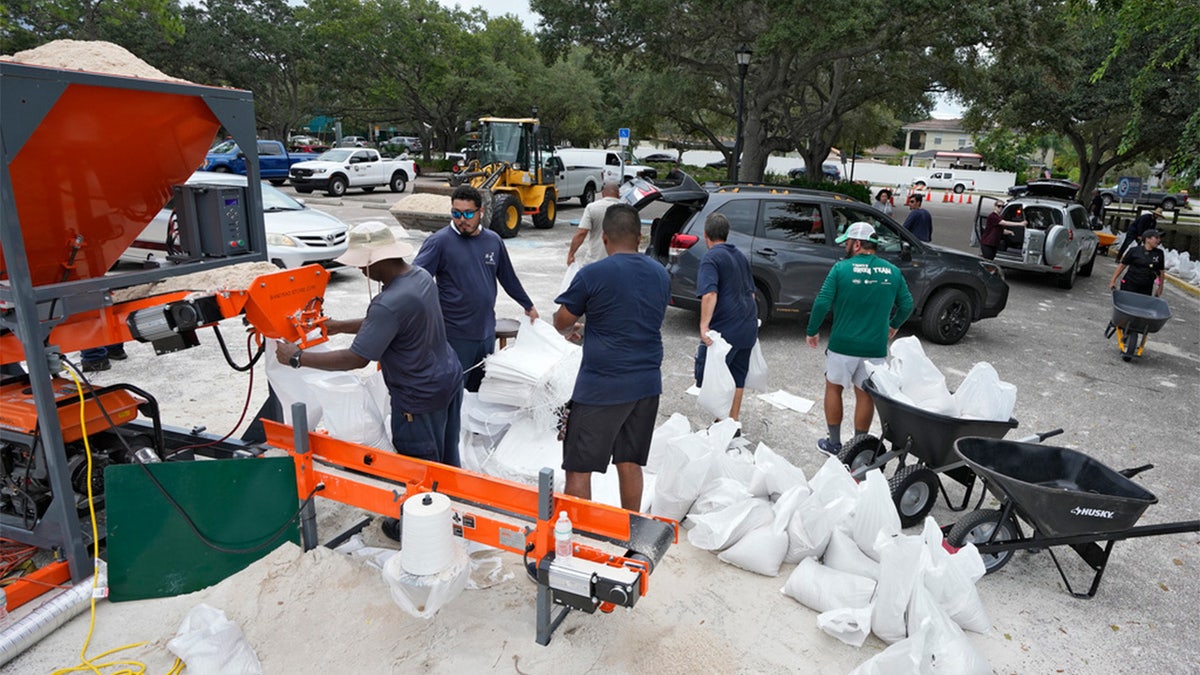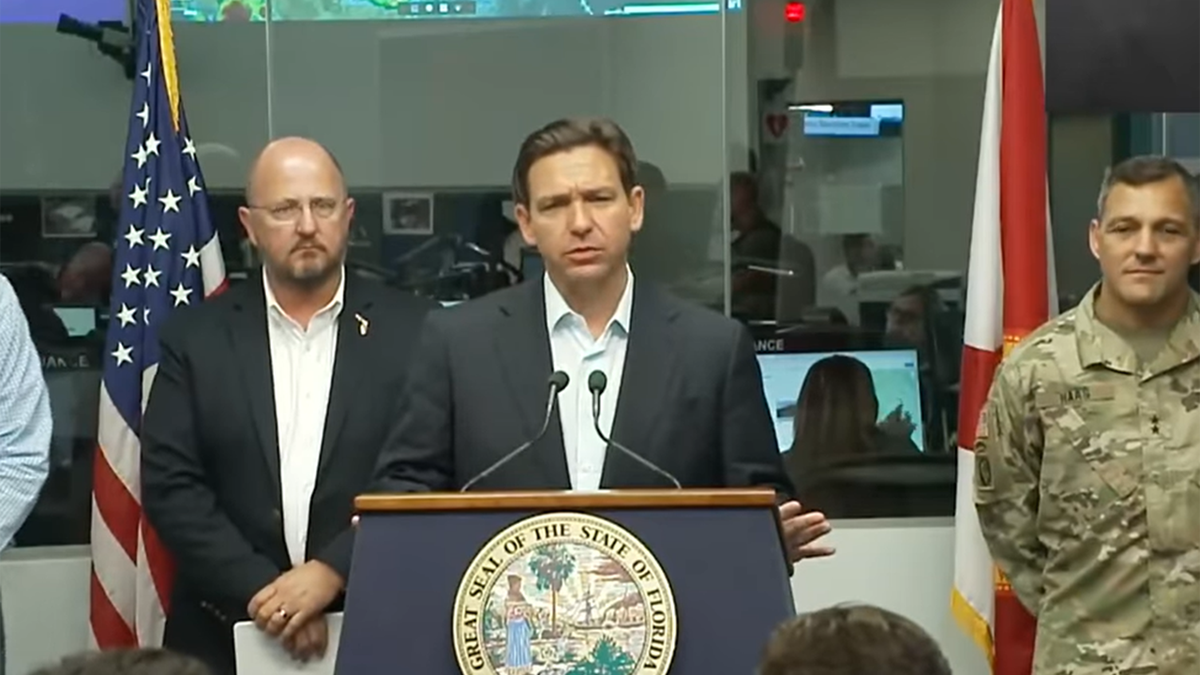Fox News Flash top headlines for August 29
Fox News Flash top headlines are here. Check out what's clicking on Foxnews.com.
A state of emergency in Florida is now in effect for 46 of its 67 counties as the state is preparing for Hurricane Idalia to make landfall over the state on Wednesday.
Idalia upgraded to a Category 1 hurricane early Tuesday morning as the storm passed Cuba, according to FOX Weather. It is expected to be become a major hurricane with "life-threatening" storm surge when it makes landfall on Florida's western coast Wednesday morning.
As of Tuesday morning, Hurricane Idalia was located about 85 miles north of the western tip of Cuba and about 370 miles to the south-southwest of Tampa, FOX weather reported. Hurricane Idalia has maximum sustained winds of 75 mph with higher gusts, and it's moving to the north at 14 mph.
Florida Gov. Ron DeSantis held a press conference with state officials Tuesday morning.
"The storm is forecast to make landfall along Florida's Big Bend tomorrow morning as a major hurricane. The National Hurricane Center has issued a hurricane warning for the Gulf Coast from Sarasota County up through Franklin County in the Panhandle," DeSantis said.

In this Monday, Aug. 28, 2023, 9:41 am ET satellite image provided by the National Oceanic and Atmospheric Administration, Tropical Storm Idalia moves between Mexico's Yucatan peninsula, left, and Cuba, right. (NOAA via AP)
"There are over 20 shelters open, an additional 20 special needs shelters are mobilizing or on standby throughout the state of Florida. We have 5,500 National Guardsmen that have been activated," he continued.
DeSantis added that 42 school districts have chosen to close for two days surrounding the storm. He nevertheless said that residents "still have time" as of Tuesday morning to make their final preparations for the storm.

FILE: Republican presidential candidate Florida Gov. Ron DeSantis speaks during a Fair-Side Chat at the Iowa State Fair, Aug. 12, 2023, in Des Moines, Iowa. (AP Photo/Jeff Roberson)
On Monday, President Joe Biden said he had spoken with DeSantis – who is running for the Republican presidential nomination in 2024 – to approve an Emergency Declaration for Florida that frees up federal funds to help with cleanup and repairs.
"Florida has my full support as they prepare for Idalia and its aftermath," Biden said.
Florida has mobilized thousands of National Guard members, who have 2,400 high-water vehicles and 12 aircraft at their disposal for rescue and recovery efforts.
Florida residents, meanwhile, were loading up on sandbags, putting away patio furniture, and evacuating from homes in low-lying areas along the Gulf Coast in anticipation of the potentially life-threatening storm surge. Others were hauling out generators in case of power outages.
DeSantis told Floridians in affected areas to expect their power to go out during the storm.
DESANTIS WARNS FLORIDA RESIDENTS TROPICAL STORM IDALIA LIKELY TO BE HURRICANE: ‘REMAIN VIGILANT’
Idalia is expected to start affecting Florida with hurricane-force winds as soon as late Tuesday ahead of its arrival on Wednesday. It is the first storm to hit Florida this hurricane season and a potentially big blow to the state, which is also dealing with lingering damage from Hurricane Ian.

Members of the Tampa Parks and Recreation Department help residents with sandbags Monday, Aug. 28, 2023, in Tampa, Fla. (AP Photo/Chris O'Meara)
Large parts of the western coast of Florida are at risk of storm surges and floods anytime a storm of this magnitude approaches. Pasco and Levy counties, located north of Tampa, both ordered mandatory evacuations for some residents deemed to be at risk. In Levy County, officials said residents of Cedar Key must be off the island by Tuesday evening because storm surges would make bridges impassable.
"Once the storm surge comes in, help may not be available to reach you," the county said in a public advisory.
WEST VIRGINIA FLOODWATERS TRIGGER STATE OF EMERGENCY IN SOME AREAS
The National Hurricane Center in Miami issued a hurricane warning Monday from Longboat Key in the Sarasota area to the Holocene River, up past Tampa Bay.

Florida Gov. Ron DeSantis announces a $1 million award for the historically Black college near the Jacksonville Dollar General shooting. (Florida Governor's Office)
Many school districts along the Gulf Coast said they would be closed Tuesday and Wednesday. Eckerd College in St. Petersburg told students they needed to leave campus by Monday night.
Tampa International Airport and St. Pete-Clearwater International Airport said they would close on Tuesday.
By Monday afternoon the National Weather Service said Idalia was "nearing Hurricane Strength as it approached Western Cuba."
On Tuesday, it was expected to turn northeast at a faster pace, reaching Florida's western coast as a dangerous major hurricane on Wednesday.
After moving across Florida, Idalia is forecast to blow through Georgia, South Carolina and North Carolina. In Georgia, Gov. Brian Kemp on Monday ordered emergency managers to activate state operations centers.
CLICK HERE TO GET THE FOX NEWS APP
The National Oceanic and Atmospheric Administration recently said the 2023 hurricane season would be far busier than initially forecast, partly because of extremely warm ocean temperatures. The season runs through Nov. 30, with August and September typically the peak.





















